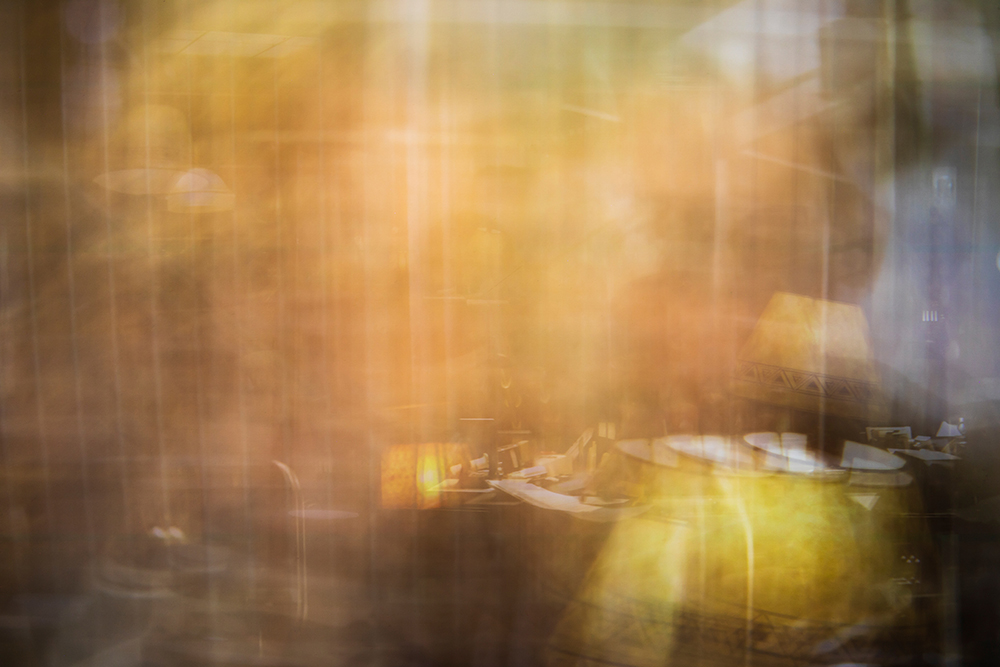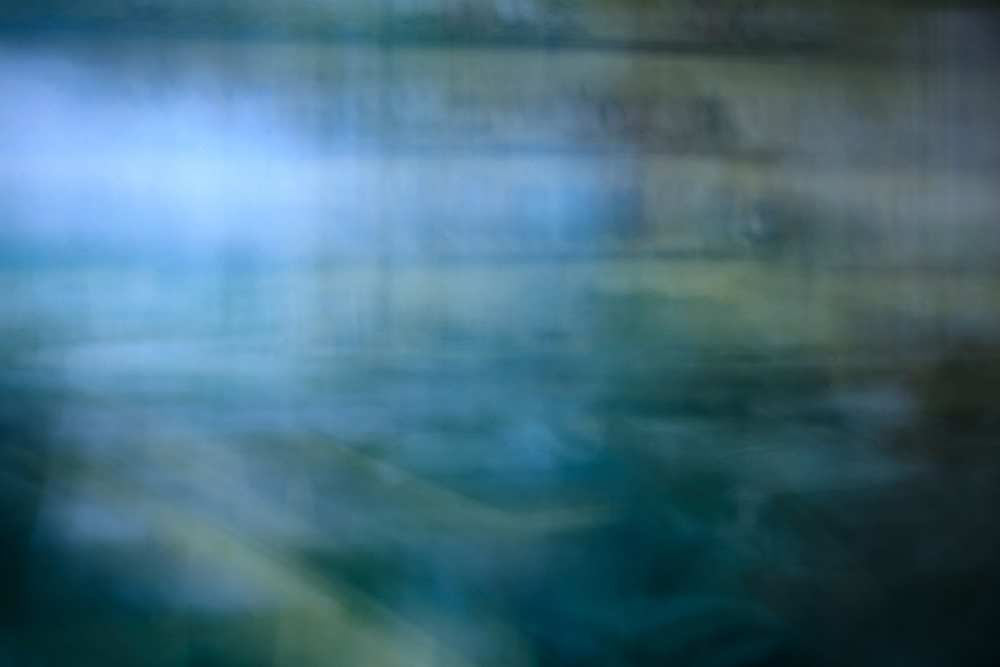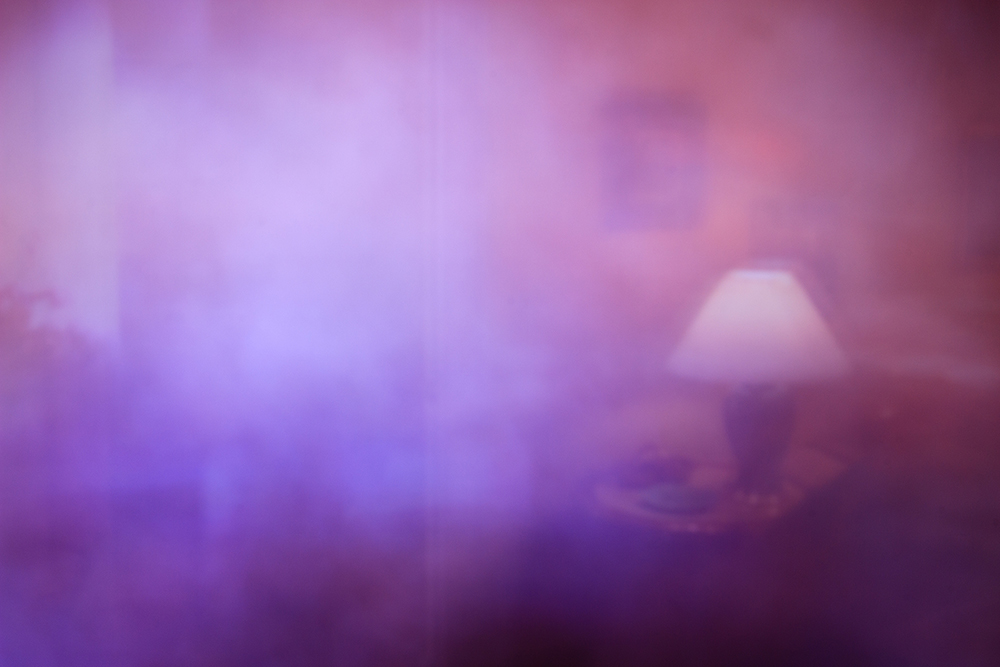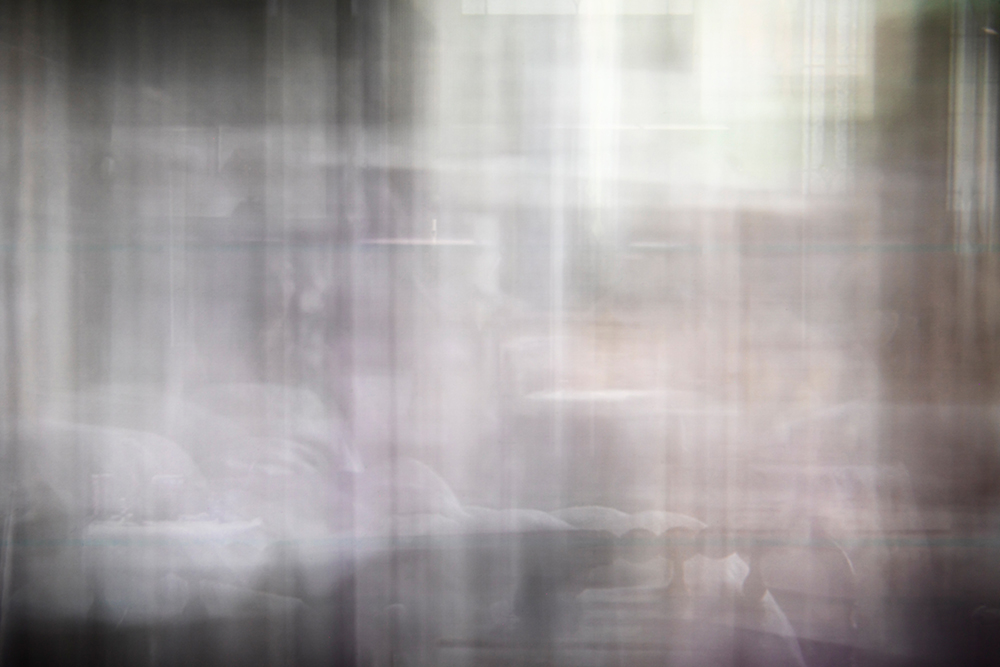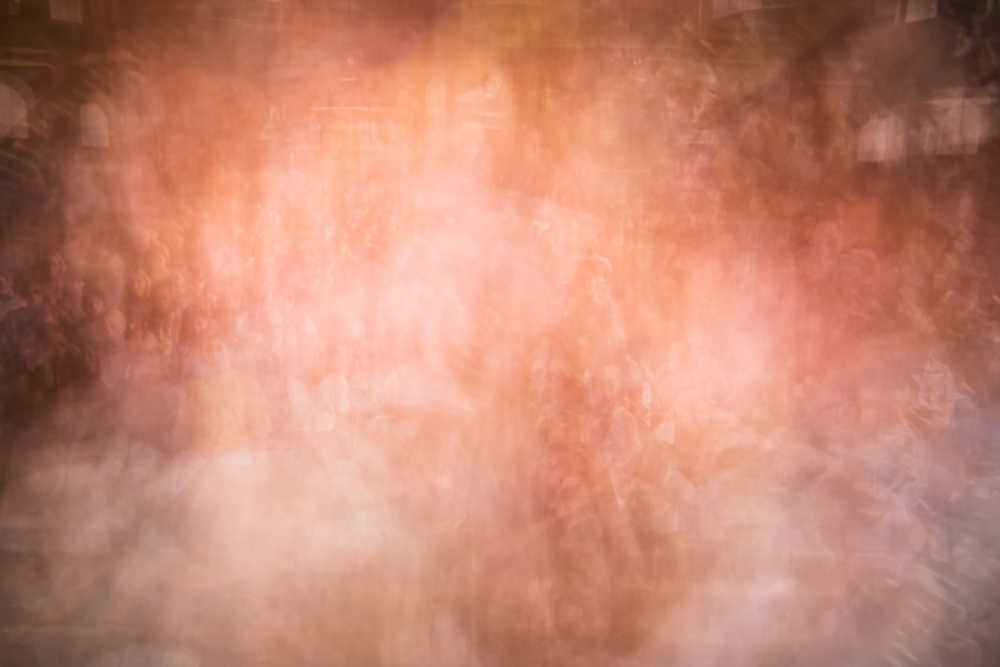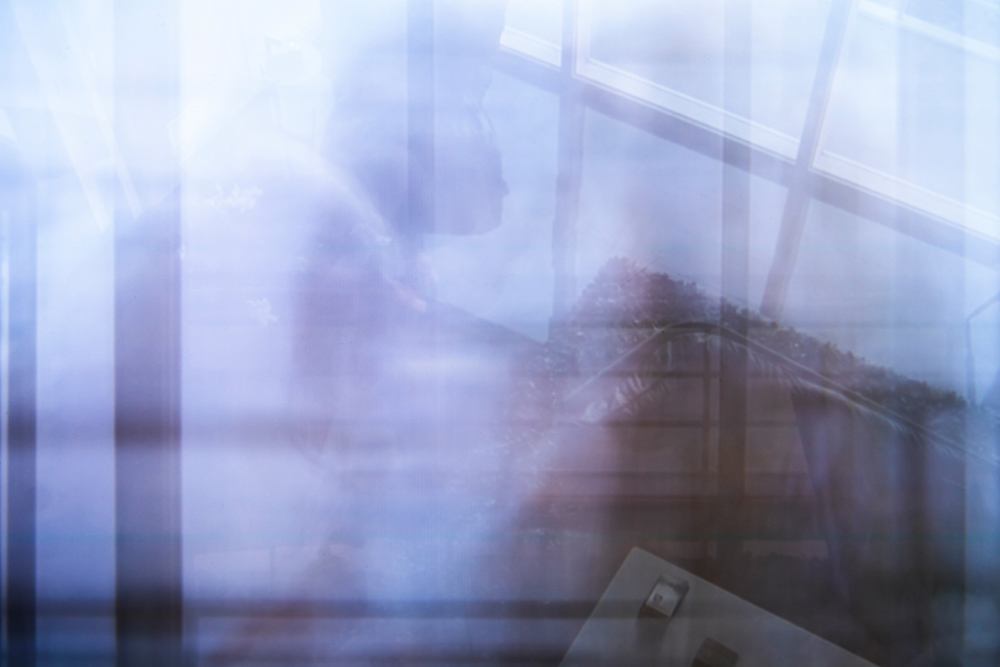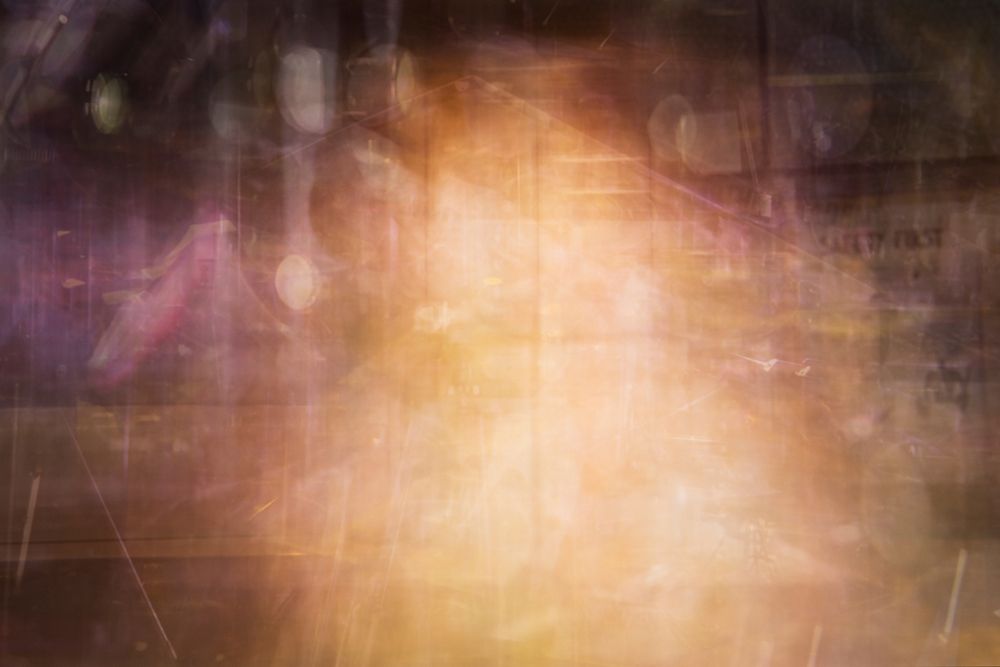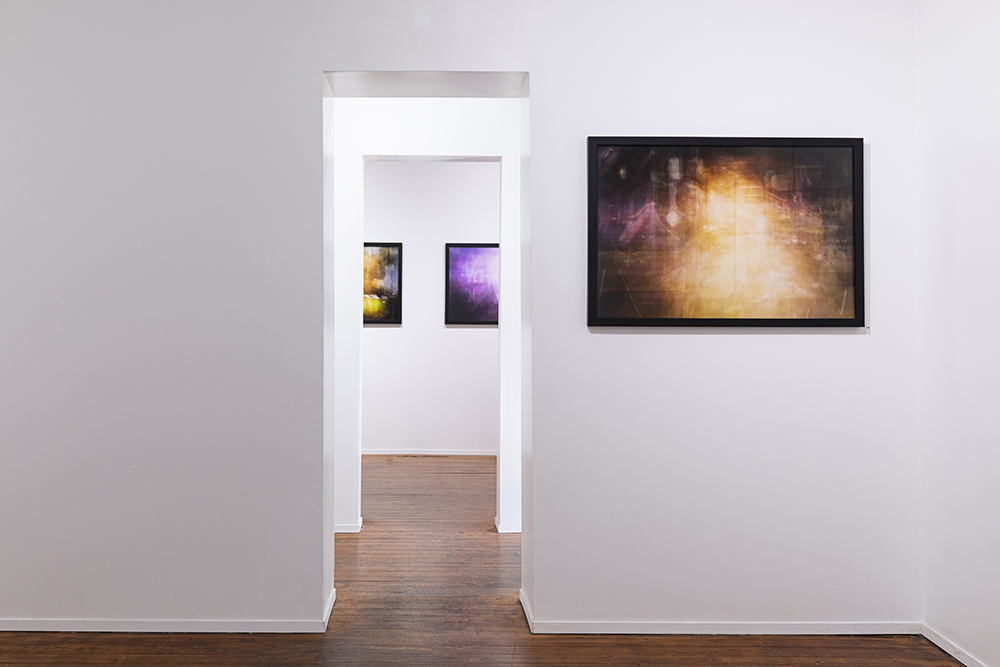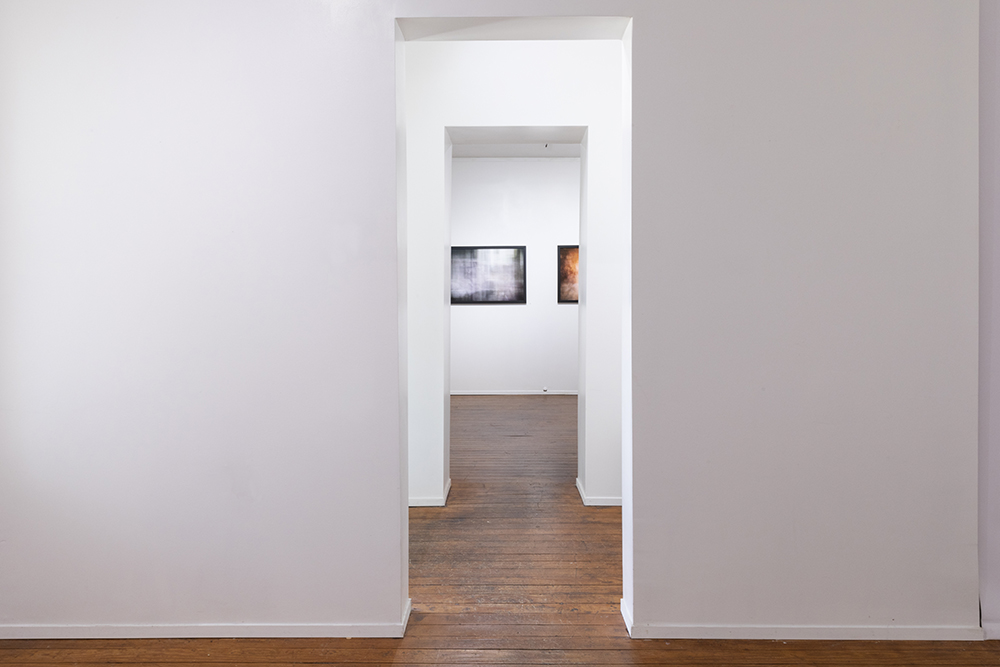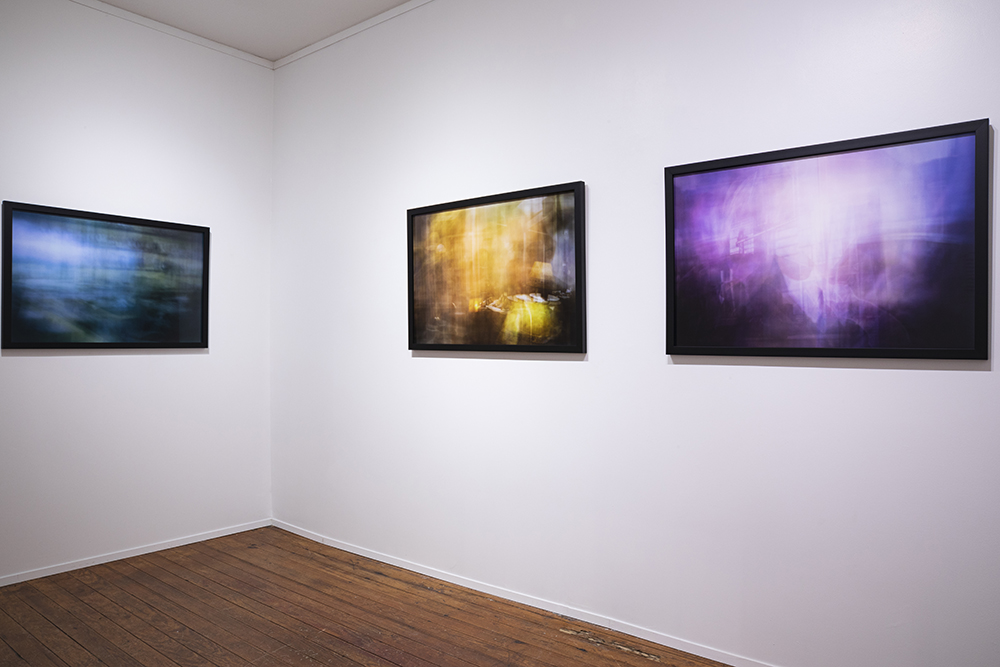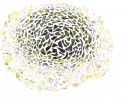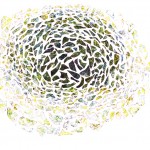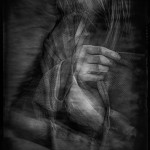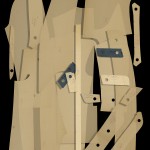Focus on Appropriation: Britland Tracy
Artists have been appropriating imagery for generations, taking source material from within their cultures and imparting new viewpoints in their iterations. From Picasso to Duchamp to Barbara Kruger, there is a long history of artists using familiar icons and transforming them to reflect new perspectives. There’s an irresistible appeal in taking a familiar cultural symbol and teasing out the deeper ideas that it represents – and critiquing these ideas to push beyond them.
Britland Tracy takes the practice of appropriating iconic imagery a step further. Unlike mid-century pop artists, advertisements and mass-produced consumables aren’t at the forefront of our awareness. Now, we are bombarded with information overload, both from the news and entertainment, and no brutal detail is spared. With the whole of the internet at our fingertips, it’s impossible to disconnect. Even the media we use to escape from distressing reality replicates scenes of violence and hate. In her work, Rupture, Tracy challenges the normalization of these acts, and questions the responsibility of media makers – and consumers – when faced with these iconic scenes.
Instead of selecting a single emblematic image and using it as a stand-in for larger cultural ideas, Tracy seeks out well-known movies and pop culture with violent content, and allows the camera to be a stand-in for the viewer. Just as the images become over-exposed by capturing the duration of these scenes, we can’t help but wonder what trauma our collective psyche is becoming over-exposed to.
Rupture
This body of work looks at the residue of human-inflicted trauma as performed through entertainment media. Violent scenes depicting hate crimes and domestic abuse – infinitely repeatable in their original, representational forms – are extracted from films and television series and condensed into singular images through exposures that directly match their durations. Gestures obliterate into abstract stains as they accumulate – a metaphor for the forgetting that emerges in the human psyche through the gradual buildup of physical or psychological violence over time. The last words uttered in each scene become the title of its respective image, ultimately leaving visual and verbal erasure as the final traces of a ruptured narrative. — Britland Tracy
Britland Tracy (b. 1990) is a visual artist from the Pacific Northwest whose work engages photography, text, and ephemera to illuminate the infrastructures of human connection and discord. She has published two artist books, Show Me Yours and Pardon My Creep, and exhibited at the Griffin Museum of Photography in Winchester, MA, Davis Orton Gallery in Hudson, NY, Rule Gallery in Marfa, TX, the Lucie Foundation in Los Angeles, CA, the Photographic Center Northwest in Seattle, WA, and the CU Art Museum in Boulder, CO, as well as a number of other experimental and collaborative spaces. She holds a BA in French from the University of Washington and an MFA in Interdisciplinary Media Arts Practices from the University of Colorado, where she continues to teach remotely while living and making in Marfa, Texas.
Follow her work on Instagram: @britlandtracy
Posts on Lenscratch may not be reproduced without the permission of the Lenscratch staff and the photographer.
Recommended
-
The Female Gaze: Alysia Macaulay – Forms Uniquely Her OwnDecember 17th, 2025
-
Bill Armstrong: All A Blur: Photographs from the Infinity SeriesNovember 17th, 2025
-
Robert Rauschenberg at Gemini G.E.LOctober 18th, 2025
-
Erin Shirreff: Permanent DraftsAugust 24th, 2025
-
Shelagh Howard: The Secret KeepersJuly 7th, 2025


